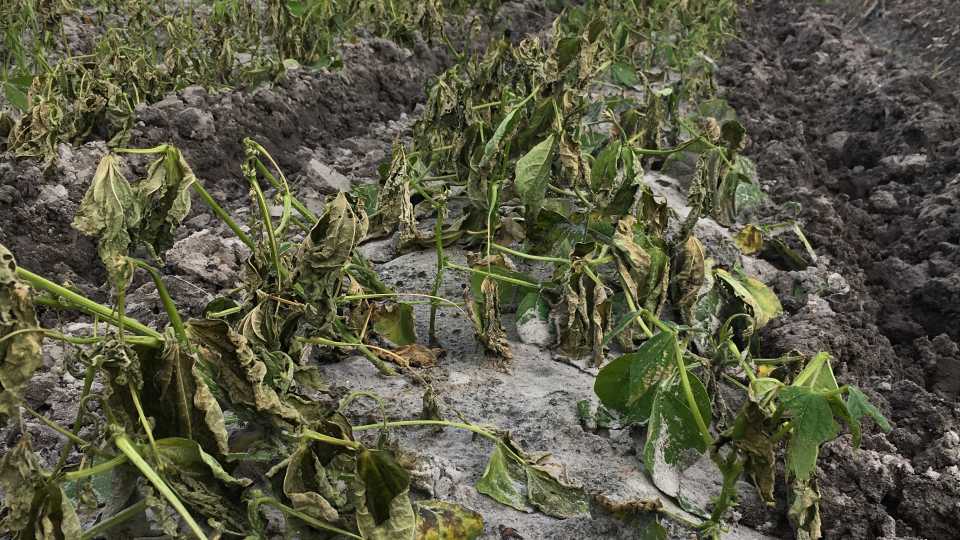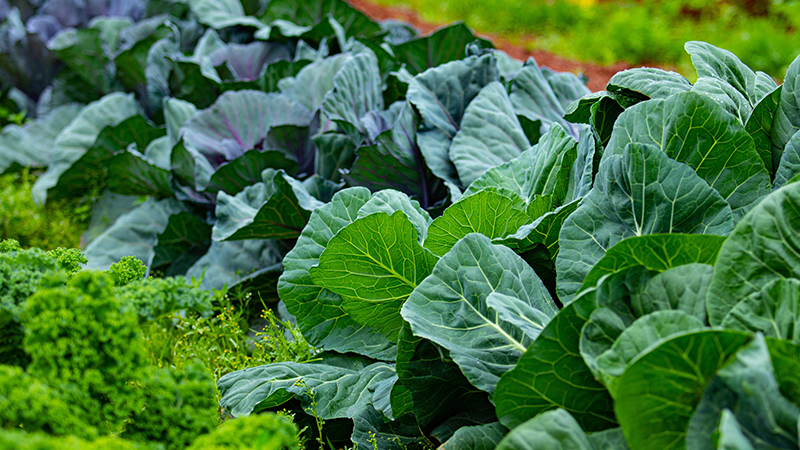Help On The Way To Florida Farmers Hurting From Hurricane Matthew

Snap beans were some of the most heavily impacted crops in St. Johns County from Hurricane Matthew’s wrath.
Photo by Bonnie C. Wells
Even though it’s been more than a month since Hurricane Matthew delivered its tropical punch to the Sunshine State, some growers are still picking up the pieces and tallying up losses.
Amid the recovery, a ray of light has entered as USDA has officially designated Flagler, Putnam, St. Johns, and Volusia counties as primary natural disaster areas due to damage and losses caused by Matthew from Oct. 6 through Oct. 8, 2016.
“It’s the news we’ve been hoping for and waiting on,” says Bonnie C. Wells, Doctor of Plant Medicine and UF/IFAS Commercial Agriculture Extension Agent based in St. Augustine. “Those days following Hurricane Matthew conducting on-farm damage assessments were somber ones, and we were all dealing with a disaster we had never experienced, so we weren’t really sure what was next, or if everyone even understood what the local agricultural community had been through. It’s a good feeling to know that the USDA recognizes these impacts that Hurricane Matthew had on our Florida farmers and is offering its support in the recovery efforts.”
How Florida Agriculture Weathered Hurricane Matthew’s Greatest Hits [SLIDESHOW]
The declaration from USDA affords qualified farm operators in the designated areas eligibility for low interest emergency loans from USDA’s Farm Service Agency (FSA), provided requirements are met. According to USDA, farmers in eligible counties have eight months from the date of the declaration to apply for loans to help cover part of their actual losses.
In addition to the four counties listed as primary natural disaster areas, producers in the following contiguous counties in Florida also qualify for assistance:
- Alachua
- Clay
- Marion
- Bradford
- Duval
- Orange
- Brevard
- Lake
- Seminole
Other FSA programs that can provide assistance, but do not require a disaster declaration, include the Emergency Conservation Program; Livestock Forage Disaster Program; Livestock Indemnity Program; Emergency Assistance for Livestock, Honeybees, and Farm-Raised Fish Program; and the Tree Assistance Program.
Additional information can be found at http://disaster.fsa.usda.gov.









